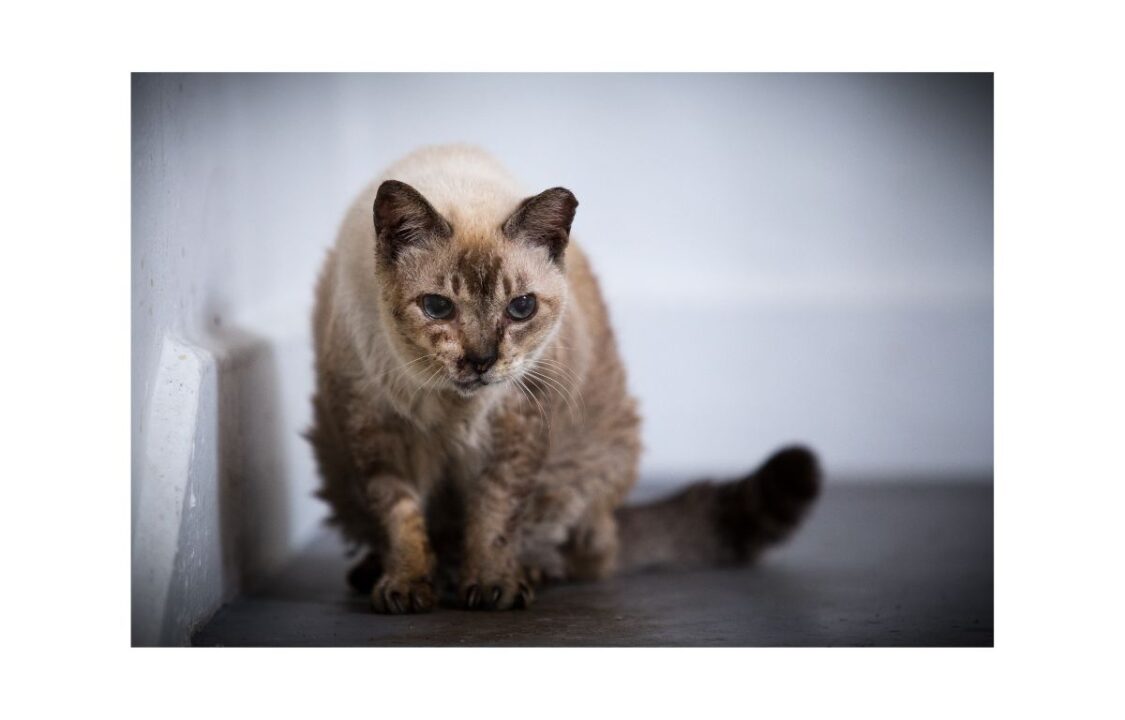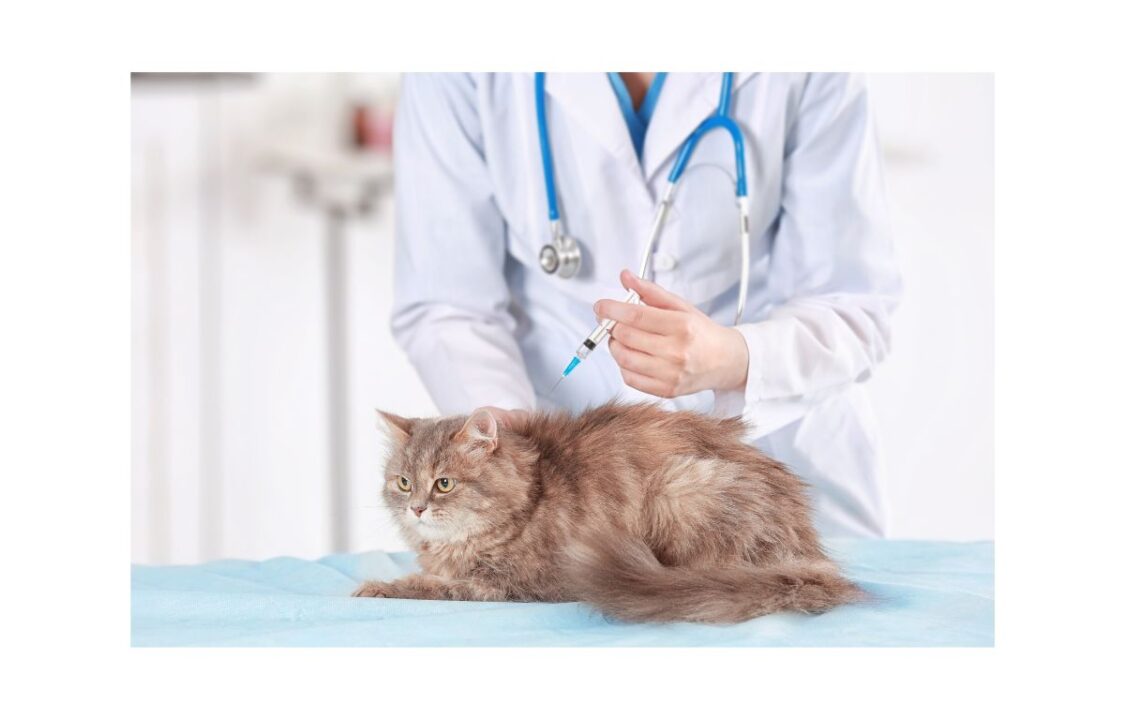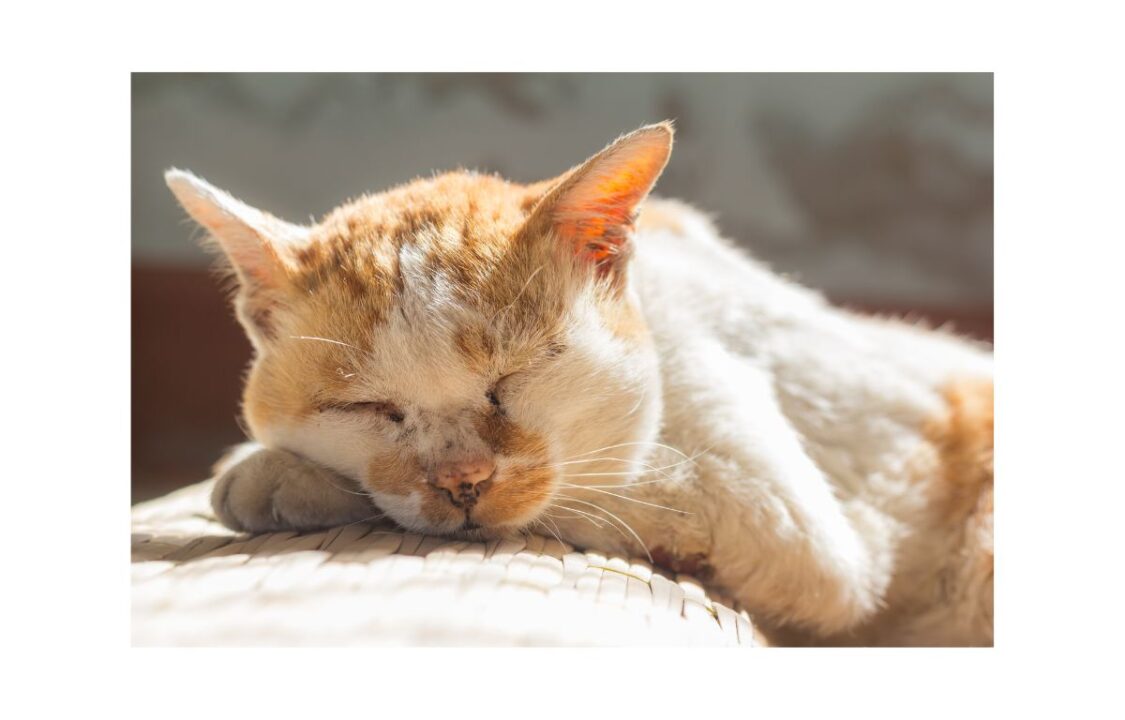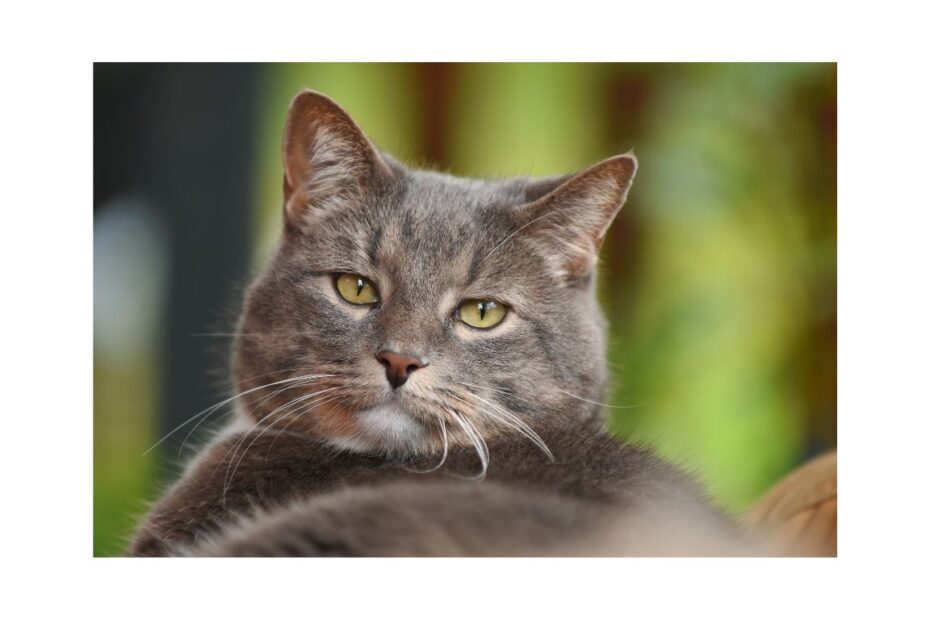There are a number of things to look out for which may indicate your cat has arthritis. While we may think some changes are just old age, they may actually indicate the presence of joint disease which may lead to discomfort and pain for your cat.
Don’t let your feline friend suffer in silence and read on to find out all about what arthritis is, how to tell if your cat may have it, and what to do about it?
Table of Contents
What is arthritis?
Arthritis or degenerative joint disease is a condition of joints that produces degenerative, progressive and irreversible changes. The changes include inflammation, loss of cartilage (which acts as the shock absorber in the joints), and the formation of osteophytes which are pieces of bone laid down in an effort to protect the joint surface. There can also be thickening and scarring of connective tissue around the joint.
Arthritis occurs in older cats as a result of years of wear and tear on the joints. There are a number of risk factors which may increase the risk of arthritis in cats such as genetics, certain joint problems like hip dysplasia or patella luxation (kneecap instability), injury and trauma and finally obesity!
Signs of arthritis in cats

Cats are masters of hiding discomfort and pain so often do not demonstrate obvious signs that you may expect. They may even restrict their activity to minimise the use of sore joints, in particular they uncommonly show obvious signs of limping which is usually seen with dogs who suffer from arthritis.
Common signs of arthritis in cats:
- Altered grooming (may see a scruffy and matted coat)
- Reduced activity (increase time sleeping and resting, reduced interaction)
- Reluctance to climb or jump onto furniture
- Change in toileting (not using the litter tray as can’t get into or out of it)
- Temperament changes (more irritable or grumpy, avoiding interaction)
It is worthwhile to note that cats can spend up to 90% of their day sleeping so any signs of arthritis that they may show will only occur in a short window of time for the owners to detect. Furthermore cats will very rarely vocalise when in pain, so it is important to know the signs to look out for. Even if you are not sure if your cat has arthritis, it is worthwhile taking them to the vet for a check up for a clinical assessment and further work up, if required.
How is arthritis diagnosed in cats?
Arthritis is more common in older cats, so it should be looked for in any cat from 7 years of age or older. A diagnosis is based on signs and changes you notice in your cat’s behaviour, along with an examination by the vet and any further tests like x- rays.
The vet may be able to detect pain, discomfort or any swelling in the joints by examining your cat, as well as look for signs of muscle wasting and stiffness. Imaging, like x-rays are not always required and usually a trial treatment with medications may be used.
Further tests like blood and urine tests may also be performed especially before starting on some medications.
Treatment and management of arthritis in cats

The treatment and management options for arthritis are what we call multimodal where we combine medication and supplements with environmental and behaviour changes. This seems to be the most effective way we can manage arthritis and it is important to note that there will be large individual variation.
As described above we focus on management of the disease as it is not possible to cure arthritis. The goals are to make your cat more comfortable and to minimise further changes to the joints if possible.
Medications
Your vet will determine if medication is required and in many cases this can be the best treatment option for your cat.
The most common medication for arthritis is non-steroidal anti- inflammatories such as meloxicam. This medication does not come without risks and often blood tests will be required to especially monitor your cat’s kidney function.
There are also the options of injections for your cat but again this will depend on individual cases. A newer injection which your vet may prescribe is called Solensia. It is made from an antibody (a cat specific protein) which is designed to recognise and attach to a protein called nerve growth factor (NGF) which is involved in the regulation of pain. It then is able to neutralise NGF, blocking it almost completely and thereby alleviating pain.
Another injection (pentosan polysulphate) used off label in cats has been shown to preserve joint health and provide pain relief.
Other options include opioids (temgesic or tramadol) especially for those who either can’t tolerate the other medications or who need a higher level of pain relief, and gabapentin which is beneficial for nerve pain and has some sedative effects in cats.
Supplements and food
There are several dietary supplements and diets available for cats with arthritis. They usually contain a combination of essential fatty acids that help to reduce inflammation as well as glycosaminoglycans (glucosamine and chondroitin) which help to repair and build cartilage. The benefits of these supplements will be variable and are more effective if combined with other management tools.
Weight control is a very important strategy in the management of arthritis in cats as being overweight can exacerbate arthritis so should be avoided. There are a number of diets that can assist with this including lower calorie options, prescription weight-loss diets and even diets containing joint care ingredients.
Environmental and enrichment strategies
Modifying the environment can help improve your cat’s quality of life when they are dealing with arthritis. Some ideas include
- The use of a soft and comfortable bed, placed in an easily accessible location
- The use of steps or ramps to provide access to higher places that they may like to seek
- Low rimmed litter trays and enough of them placed in easily accessible places
- Still encourage gentle exercise by playing with them and can use interactive toys to help and stimulate their interest
- Groom them regularly as they may have difficulty grooming themselves if their joints are stiff
Wrap up

The most important take home message for this blog would be that cats don’t display what one might think are obvious signs of arthritis. It is important to look out for the subtle changes they may indicate joint disease and have these confirmed with your vet. An arthritic cat is not just an old cat but there are plenty of management tools we can use to make them more comfortable and thrive in their senior years.

